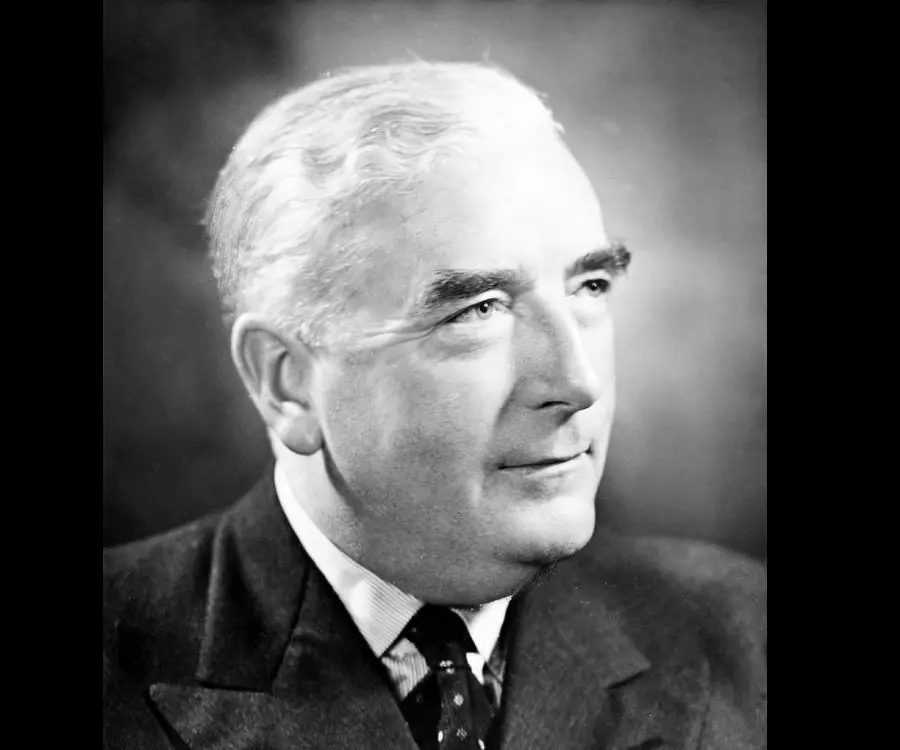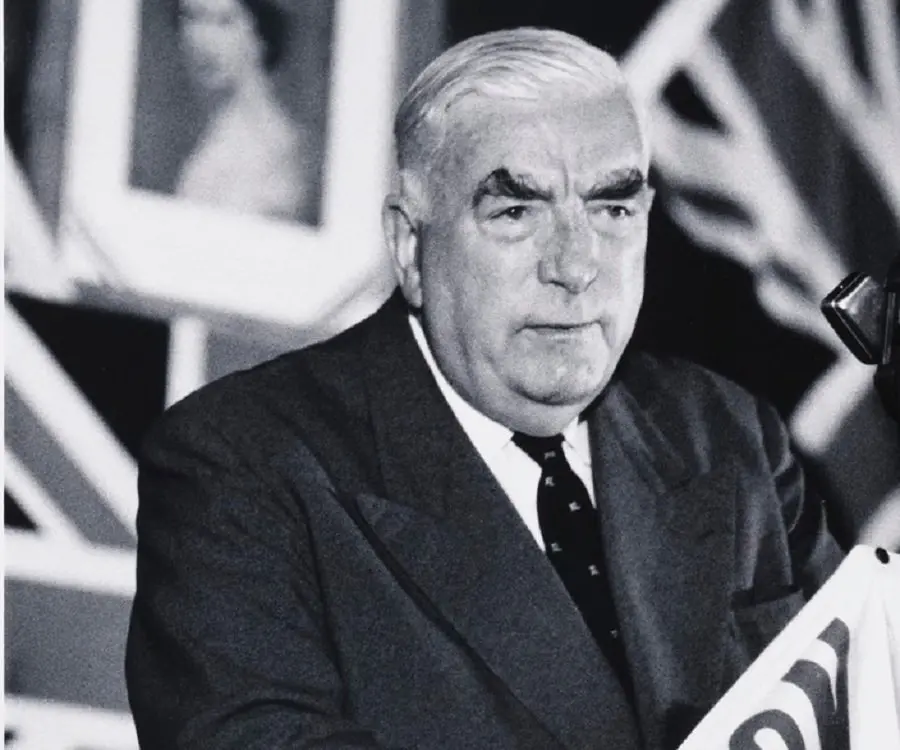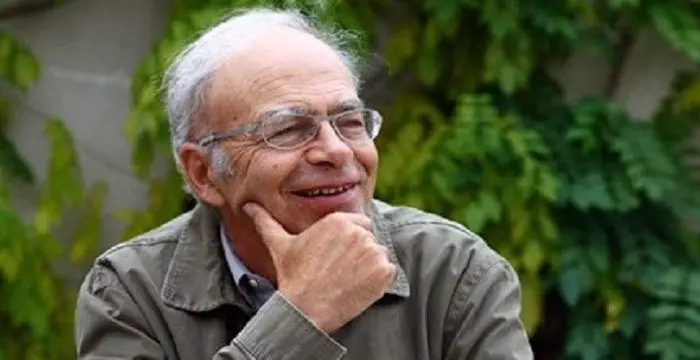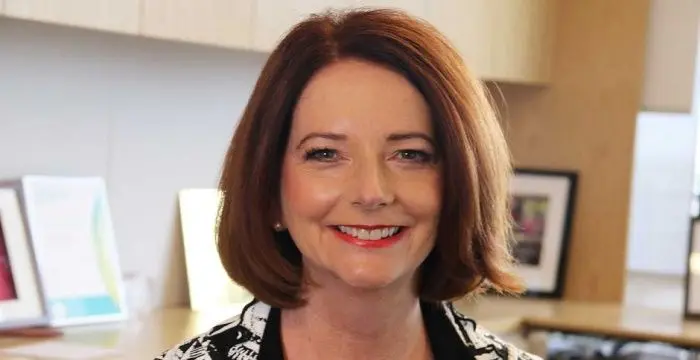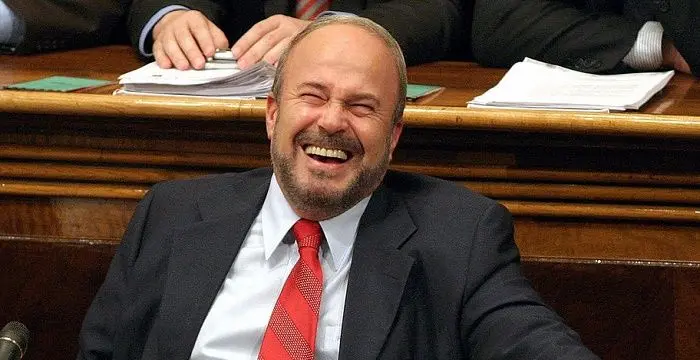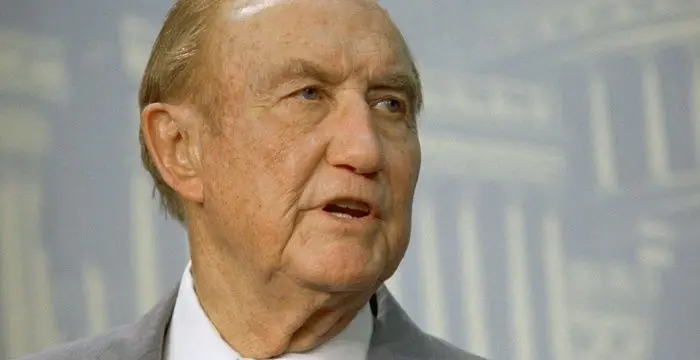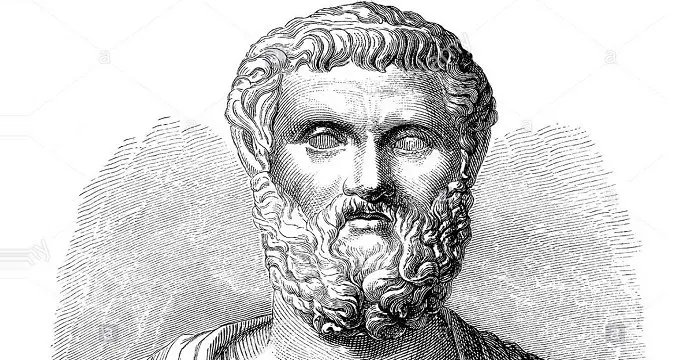
Robert Menzies - 12th Prime Minister of Australia, Timeline and Childhood
Robert Menzies's Personal Details
Robert Gordon Menzies was the longest serving Prime Minister of Australia
| Information | Detail |
|---|---|
| Birthday | December 20, 1894 |
| Died on | May 15, 1978 |
| Nationality | Australian |
| Famous | University Of Melbourne, Leaders, Political Leaders, Prime Ministers, 12th Prime Minister of Australia |
| Spouses | Pattie Menzies |
| Known as | Sir Robert Menzies |
| Childrens | Heather Henderson, Ian Mezies, Kenneth Menzies |
| Universities |
|
| Notable Alumnis |
|
| Founder / Co-Founder |
|
| Birth Place | Jeparit |
| Religion | Presbyterian Church of Australia |
| Gender | Male |
| Sun Sign | Sagittarius |
| Born in | Jeparit |
| Famous as | 12th Prime Minister of Australia |
| Died at Age | 83 |
Robert Menzies's photo
Who is Robert Menzies?
Robert Gordon Menzies was the longest serving Prime Minister of Australia. He held the office twice; from 1939 to 1941 and from 1949 to 1966. In total, he was Prime Minister for more than 18 years, with his second term of 16 years being the longest uninterrupted tenure ever. Born in an ordinary family, he grew up to be an accomplished lawyer. In 1928, he entered the Victorian parliament and within six years, won a seat in the federal parliament, serving as the Attorney-General and Minister for Industry under Joseph Lyons. He was Prime Minister when World War II began and within two years, his party was forced to resign. He then created the Liberal Party and became Leader of the Opposition in 1946. In 1949, he defeated Chifley’s Labour Party and became Australia’s Prime Minister for the second time. The Liberal–Country Party Coalition government continued in power for the next 22 years. During this period, Australia’s defence agreement was upgraded with the United States, forces were sent to help US troops in Korea and agreements like ANZUS and SEATO were signed. He received Knighthood in 1963, and was appointed Constable of Dover Castle and Warden of the Cinque Ports in 1965.
// Famous University Of Melbourne
Nicole Kidman
Nicole Kidman is one of the most talented actors that the Hollywood film industry can boast of. Browse through this biography to get detailed information regarding her life, childhood, profile & timeline
Peter Singer
Peter Singer is an Australian moral philosopher who has challenged traditional notions of applied ethics throughout his philosophical and literary career. Check out this biography to get detailed information on his life.
Julia Gillard
Julia Gillard is a former Prime Minister of Australia and the first woman to hold the position. To know more about her childhood, career, profile and timeline read on
Childhood & Early Life
Robert Menzies was born on 20 December 1894, to James Menzies and Kate Menzies, in Jeparit, Victoria, Australia. He was the fourth of the five children of his parents. His father, James, was a general storekeeper and community leader. In 1911, James was elected to the Victorian Parliament and moved to Melbourne with his family.
Robert was educated at Humffray Street State School in Bakery Hill, and later at Grenville College in Ballarat. He graduated from the University of Melbourne with First Class Honours in Law in 1916.
When World War I started, he was in university and held a post in the campus militia unit. However, he resigned while others of his age were trying desperately to sign up.
He was an outstanding student and won several academic prizes and scholarships. In 1916, he became the editor of the Melbourne University Magazine (MUM).
Career
Robert Menzies was admitted to the Victorian Bar and the High Court of Australia in 1918, and specialized in Constitutional law. In 1920, he won a landmark High Court case for the Amalgamated Society of Engineers. Thereafter, he became an accomplished lawyer and was appointed a King’s Counsel in 1929.
In 1928, he became a member of the Victorian Legislative Council, representing the Nationalist Party of Australia from East Yarra Province. Soon, he became a minister without portfolio in a new minority government led by Prime Minister William McPherson. The following year, he moved to the Legislative Assembly as the member for Nunawading.
In 1929, he created his party's youth wing, Young Nationalists and became its first president. From May 1932 to July 1934, he was the Deputy Premier of Victoria. He also held the portfolios of Attorney-General and Railways.
In the 1934 Federal election, he transferred to federal politics representing the United Australia Party (UAP). He was allotted the Ministry of Industry and Attorney-General position, in Lyons’ government.
In 1937, he became a Privy Councillor. Next year, as Attorney-General of Australia, he officially visited Nazi Germany. He sincerely supported the pacification strategies of the Chamberlain government in London, and strongly believed that war should be avoided in any case. Nevertheless, increasingly he realised that the peace efforts were futile and that war was unavoidable.
Meanwhile at home, hostility increased between him and Sir Earle Page. Things became especially ugly after Page became the Acting Prime Minister during Lyons' illness. Menzies later became deputy leader of the UAP. Around this time, he got involved in an industrial battle with waterside workers, earning the nickname ‘Pig Iron Bob’ from his adversaries.
After Lyons's death on 7 April 1939 Menzies was elected leader of the UAP on 18th April and eight days later, sworn in as Prime Minister. This resulted in a crisis, with Page refusing to serve under him.
As a result, Menzies formed a minority government. Within a few months, Page was overthrown as Country Party leader and the Country Party was taken back into his government in a full-fledged alliance.
On 3 September 1939, World War II began with Britain and France declaring war on Germany. Immediately, he announced Australia at war as well in support of Britain, and delivered a national radio broadcast on the same day.
Two days later, he summoned the parliament and solicited all-purpose support as the government was faced with huge war time responsibilities. Page and Curtin as party leaders, promised their support. Menzies was anxious about the military risk from Japan and continually pushed London for a conciliation policy.
In the 1940 election, his coalition government lost the majority and this resulted in a hung parliament.
Next, with the support of Arthur Coles and Alex Wilson, he formed a minority government. John Curtin, the leader of Labour party, declined to form a war coalition, but agreed to participate in the Advisory War Council.
In 1941, he visited Britain to discuss war strategies with Churchill and other leaders. While travelling to the UK, he visited the Australian troops serving in the North African Campaign. Meanwhile, his position at home weakened.
After he returned, he was forced to resign on 27 August 1941. This harsh behaviour of his colleagues upset him and he almost left politics. A joint UAP-Country Party conference selected Arthur Fadden as Coalition leader cum Prime Minister and persuaded Menzies to become Minister for Defence Co-ordination.
Gradually, he gathered huge support through his numerous radio appeals to ordinary citizens whom he called ‘the Forgotten People’. These appeals were broadcasted regularly every week, starting November 1941.
In October 1941, Fadden's government fell and Curtin formed a Labour minority government. Fadden became the Leader of the Opposition and Menzies receded to the backbench. In the 1943 election, Labour party emerged victorious. Menzies regained the UAP leadership and the Opposition Leader position.8In 1944, he predicted the inevitable weakening of UAP. Thus, at the Canberra conference on 13 October 1944, fourteen parties decided to unite as one new non-labour party, the Liberal Party of Australia. The next year, Curtin expired and was succeeded by Ben Chifley.
In 1947, Chifley’s effort to nationalise Australia's private banks was widely criticized by the middle-class. Menzies successfully exploited this opportunity. During the election campaign of 1949, he resolved to fight for free enterprise, counter inflation, extend child endowment, and end petrol rationing.
The Liberal/Country Coalition won the 1949 election and Menzies resumed Prime Ministership on 19 December 1949. He continued in office for the next sixteen years, winning seven general elections. The period was marked by Australia’s amazing economic growth. He took voluntary retirement on 26 January 1966, at the age of 71.
At the end of 1966, he assumed the scholar-in-residence position at the University of Virginia. He presented lectures which were published next year as ‘Central Power in the Australian Commonwealth’. Later, he also published two volumes of memoirs.
In March 1967, he was elected the thirteenth Chancellor of Melbourne University, serving a five-year term.
Major Works
He played a vital role in the formation of the Liberal Party of Australia in 1944. He curbed Chifley government’s efforts to nationalise private banks and to extend war-time control over rents and prices, in 1947.
The Australia-New Zealand-United States (ANZUS) Treaty, 1951 and South East Asia Treaty Organization (SEATO), 1954 was signed during his prime ministership. He sent forces to both Korea and Malayan Emergency in 1950 and to Vietnam, in 1964-65.
He developed the federal capital of Canberra, and encouraged expansion of higher education. He set up the Australian Universities Commission in 1959, raised subsidies to universities, and established new universities.
Awards & Achievements
In 1950, he was awarded the Legion of Merit (Chief Commander) by US President Harry S. Truman.
In 1951, he was appointed to the Order of the Companions of Honour (CH).
He was awarded the honorary degree of Doctor of Letters by the University of Western Australia and the honorary degree of Doctor of Science by the University of New South Wales.
In 1963, he was appointed Knight of the Order of the Thistle (KT). He is the only Australian ever to be appointed to this order.
In 1973, he was awarded Japan's Order of the Rising Sun, Grand Cordon First Class.
In 1976, he was appointed the first Knight of the Order of Australia (AK).
Personal Life & Legacy
Robert Menzies married Pattie Leckie on 27 September 1920 in Melbourne. They bought a house in Howard Street, Kew that became their family home for 25 years. They had three surviving children, two sons and a daughter.
In 1971, a severe stroke left one side of his body permanently paralyzed. He endured a second stroke in 1972.
He died of a heart attack on 15 May 1978 in Melbourne. He was given Australia’s largest state funeral ever, in Scots' Church, Melbourne on 19th May.
Trivia
He was pet-named ‘Pig Iron Bob’ by his adversaries as he enabled the export of pig iron to Japan in 1938-39, after the Waterside Workers Federation refused to load it.
// Famous Prime Ministers
Edi Rama
Edi Rama is the current Prime Minister of Albania. Check out this biography to know about his childhood, life, achievements, works & timeline.
Leo Varadkar
Cam Leo Varadkar is the current Taoiseach—the Prime Minister—of the Republic of Ireland. Check out this biography to know about his childhood, family life, achievements and other facts about his life.
Fatos Nano
Fatos Nano is an Albanian politician who served as Prime Minister of Albania for several times. Check out this biography to know about his childhood, life, achievements, works & timeline.
Robert Menzies biography timelines
- // 20th Dec 1894 To 1911Robert Menzies was born on 20 December 1894, to James Menzies and Kate Menzies, in Jeparit, Victoria, Australia. He was the fourth of the five children of his parents. His father, James, was a general storekeeper and community leader. In 1911, James was elected to the Victorian Parliament and moved to Melbourne with his family.
- // 1916Robert was educated at Humffray Street State School in Bakery Hill, and later at Grenville College in Ballarat. He graduated from the University of Melbourne with First Class Honours in Law in 1916.
- // 1916He was an outstanding student and won several academic prizes and scholarships. In 1916, he became the editor of the Melbourne University Magazine (MUM).
- // 27th Sep 1920Robert Menzies married Pattie Leckie on 27 September 1920 in Melbourne. They bought a house in Howard Street, Kew that became their family home for 25 years. They had three surviving children, two sons and a daughter.
- // 1928In 1928, he became a member of the Victorian Legislative Council, representing the Nationalist Party of Australia from East Yarra Province. Soon, he became a minister without portfolio in a new minority government led by Prime Minister William McPherson. The following year, he moved to the Legislative Assembly as the member for Nunawading.
- // 1934In the 1934 Federal election, he transferred to federal politics representing the United Australia Party (UAP). He was allotted the Ministry of Industry and Attorney-General position, in Lyons’ government.
- // 1937In 1937, he became a Privy Councillor. Next year, as Attorney-General of Australia, he officially visited Nazi Germany. He sincerely supported the pacification strategies of the Chamberlain government in London, and strongly believed that war should be avoided in any case. Nevertheless, increasingly he realised that the peace efforts were futile and that war was unavoidable.
- // 1938He was pet-named ‘Pig Iron Bob’ by his adversaries as he enabled the export of pig iron to Japan in 1938-39, after the Waterside Workers Federation refused to load it.
- // 7th Apr 1939After Lyons's death on 7 April 1939 Menzies was elected leader of the UAP on 18th April and eight days later, sworn in as Prime Minister. This resulted in a crisis, with Page refusing to serve under him.
- // 3rd Sep 1939On 3 September 1939, World War II began with Britain and France declaring war on Germany. Immediately, he announced Australia at war as well in support of Britain, and delivered a national radio broadcast on the same day.
- // 1940In the 1940 election, his coalition government lost the majority and this resulted in a hung parliament.
- // 1941In 1941, he visited Britain to discuss war strategies with Churchill and other leaders. While travelling to the UK, he visited the Australian troops serving in the North African Campaign. Meanwhile, his position at home weakened.
- // 27th Aug 1941After he returned, he was forced to resign on 27 August 1941. This harsh behaviour of his colleagues upset him and he almost left politics. A joint UAP-Country Party conference selected Arthur Fadden as Coalition leader cum Prime Minister and persuaded Menzies to become Minister for Defence Co-ordination.
- // Nov 1941Gradually, he gathered huge support through his numerous radio appeals to ordinary citizens whom he called ‘the Forgotten People’. These appeals were broadcasted regularly every week, starting November 1941.
- // 1944 To 1947He played a vital role in the formation of the Liberal Party of Australia in 1944. He curbed Chifley government’s efforts to nationalise private banks and to extend war-time control over rents and prices, in 1947.
- // 1947 To 1949In 1947, Chifley’s effort to nationalise Australia's private banks was widely criticized by the middle-class. Menzies successfully exploited this opportunity. During the election campaign of 1949, he resolved to fight for free enterprise, counter inflation, extend child endowment, and end petrol rationing.
- // 1950In 1950, he was awarded the Legion of Merit (Chief Commander) by US President Harry S. Truman.
- // 1951In 1951, he was appointed to the Order of the Companions of Honour (CH).
- // 1959He developed the federal capital of Canberra, and encouraged expansion of higher education. He set up the Australian Universities Commission in 1959, raised subsidies to universities, and established new universities.
- // 1963In 1963, he was appointed Knight of the Order of the Thistle (KT). He is the only Australian ever to be appointed to this order.
- // 1966At the end of 1966, he assumed the scholar-in-residence position at the University of Virginia. He presented lectures which were published next year as ‘Central Power in the Australian Commonwealth’. Later, he also published two volumes of memoirs.
- // Mar 1967In March 1967, he was elected the thirteenth Chancellor of Melbourne University, serving a five-year term.
- // 1971 To 1972In 1971, a severe stroke left one side of his body permanently paralyzed. He endured a second stroke in 1972.
- // 1973In 1973, he was awarded Japan's Order of the Rising Sun, Grand Cordon First Class.
- // 1976In 1976, he was appointed the first Knight of the Order of Australia (AK).
- // 15th May 1978He died of a heart attack on 15 May 1978 in Melbourne. He was given Australia’s largest state funeral ever, in Scots' Church, Melbourne on 19th May.
// Famous Political Leaders
Edi Rama
Edi Rama is the current Prime Minister of Albania. Check out this biography to know about his childhood, life, achievements, works & timeline.
Khalifa bin Zayed Al Nahyan
Sheikh Khalifa bin Zayed Al Nahyan is the current President of the United Arab Emirates (UAE). Check out this biography to know about his birthday, childhood, family life, achievements and fun facts about him.
Leo Varadkar
Cam Leo Varadkar is the current Taoiseach—the Prime Minister—of the Republic of Ireland. Check out this biography to know about his childhood, family life, achievements and other facts about his life.
Strom Thurmond
Strom Thurmond was an American politician, who represented the state of South Carolina in the United States senate for 48 years.
Solon
Solon was an Athenian lawmaker, poet and politician. He is considered as one of the ‘Seven Wise Men’ in Greek culture. This biography provides detailed information about his childhood, life, career, works, achievements and timeline.
Mohammed bin Salman
Mohammed bin Salman is the Crown Prince of Saudi Arabia and the heir apparent to the throne. Check out this biography to know about his childhood, family life, achievements and other facts about him.
Robert Menzies's FAQ
What is Robert Menzies birthday?
Robert Menzies was born at 1894-12-20
When was Robert Menzies died?
Robert Menzies was died at 1978-05-15
Where was Robert Menzies died?
Robert Menzies was died in Melbourne
Which age was Robert Menzies died?
Robert Menzies was died at age 83
Where is Robert Menzies's birth place?
Robert Menzies was born in Jeparit
What is Robert Menzies nationalities?
Robert Menzies's nationalities is Australian
Who is Robert Menzies spouses?
Robert Menzies's spouses is Pattie Menzies
Who is Robert Menzies childrens?
Robert Menzies's childrens is Heather Henderson, Ian Mezies, Kenneth Menzies
What was Robert Menzies universities?
Robert Menzies studied at University Of Melbourne, Wesley College, 1916 - University of Melbourne, 1918 - University of Melbourne
What was Robert Menzies notable alumnis?
Robert Menzies's notable alumnis is University Of Melbourne
Which company or organization was founded by Robert Menzies?
Robert Menzies was the founder/co-founder of Liberal Party of Australia
What is Robert Menzies's religion?
Robert Menzies's religion is Presbyterian Church of Australia
What is Robert Menzies's sun sign?
Robert Menzies is Sagittarius
How famous is Robert Menzies?
Robert Menzies is famouse as 12th Prime Minister of Australia
